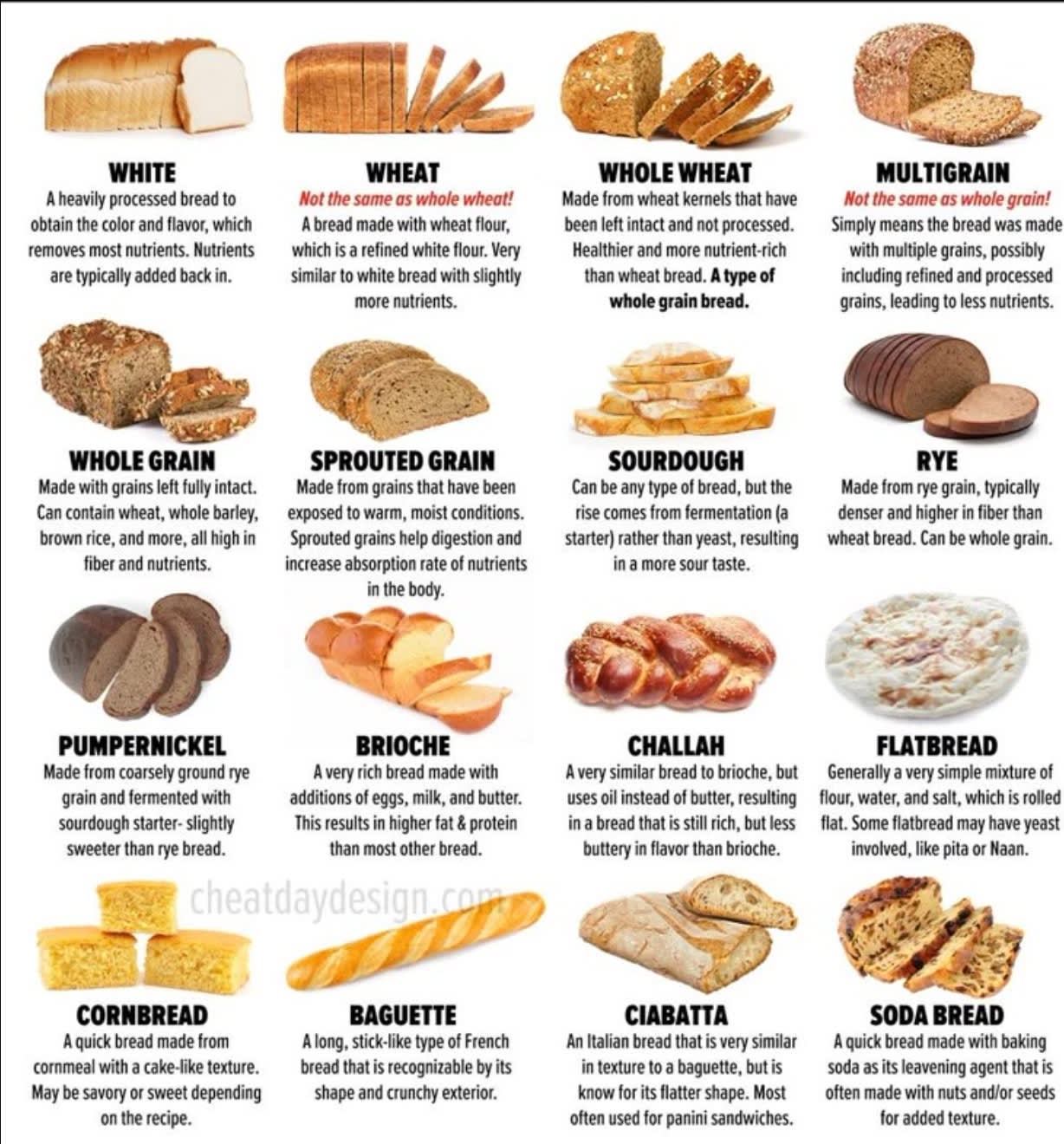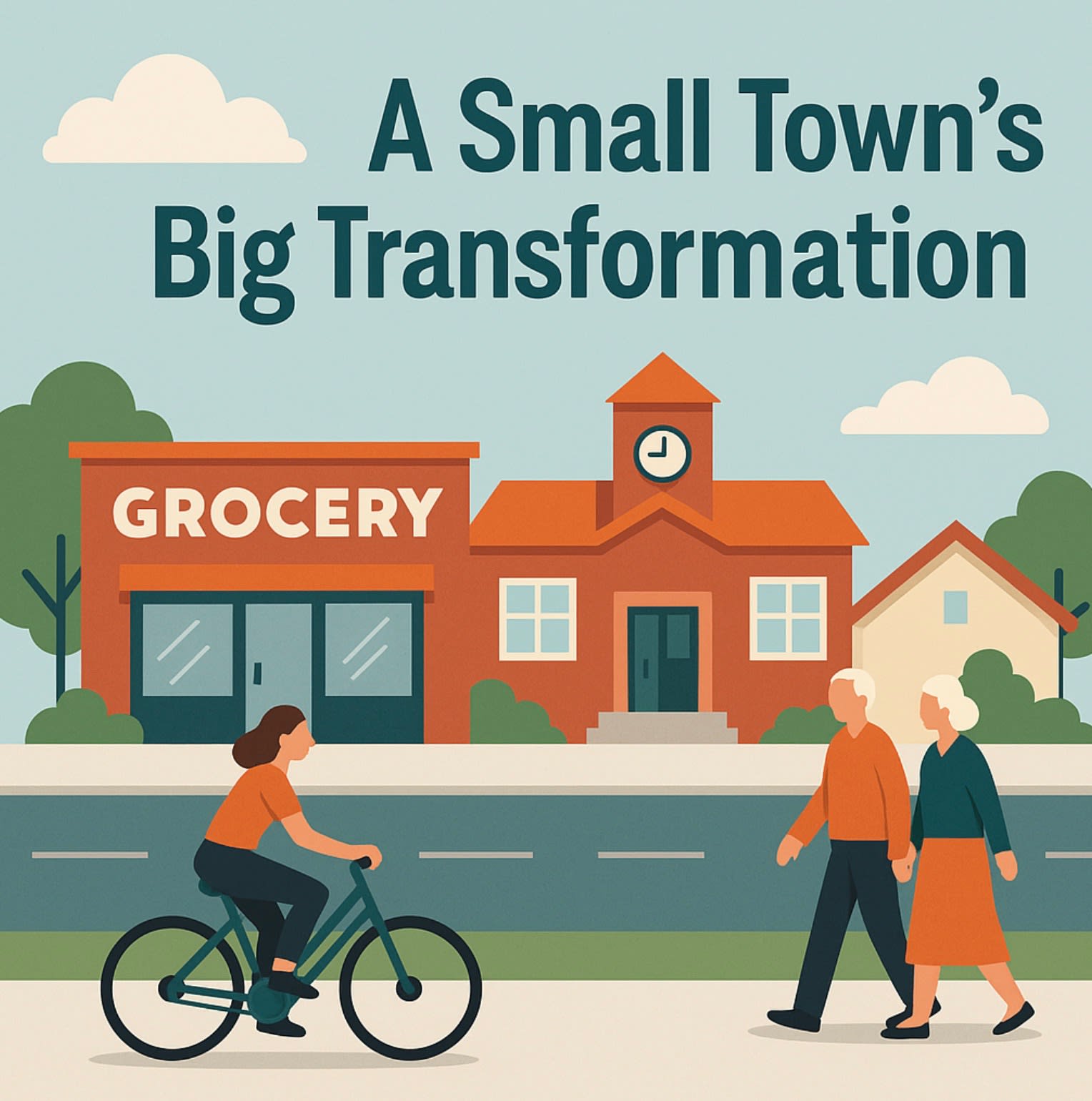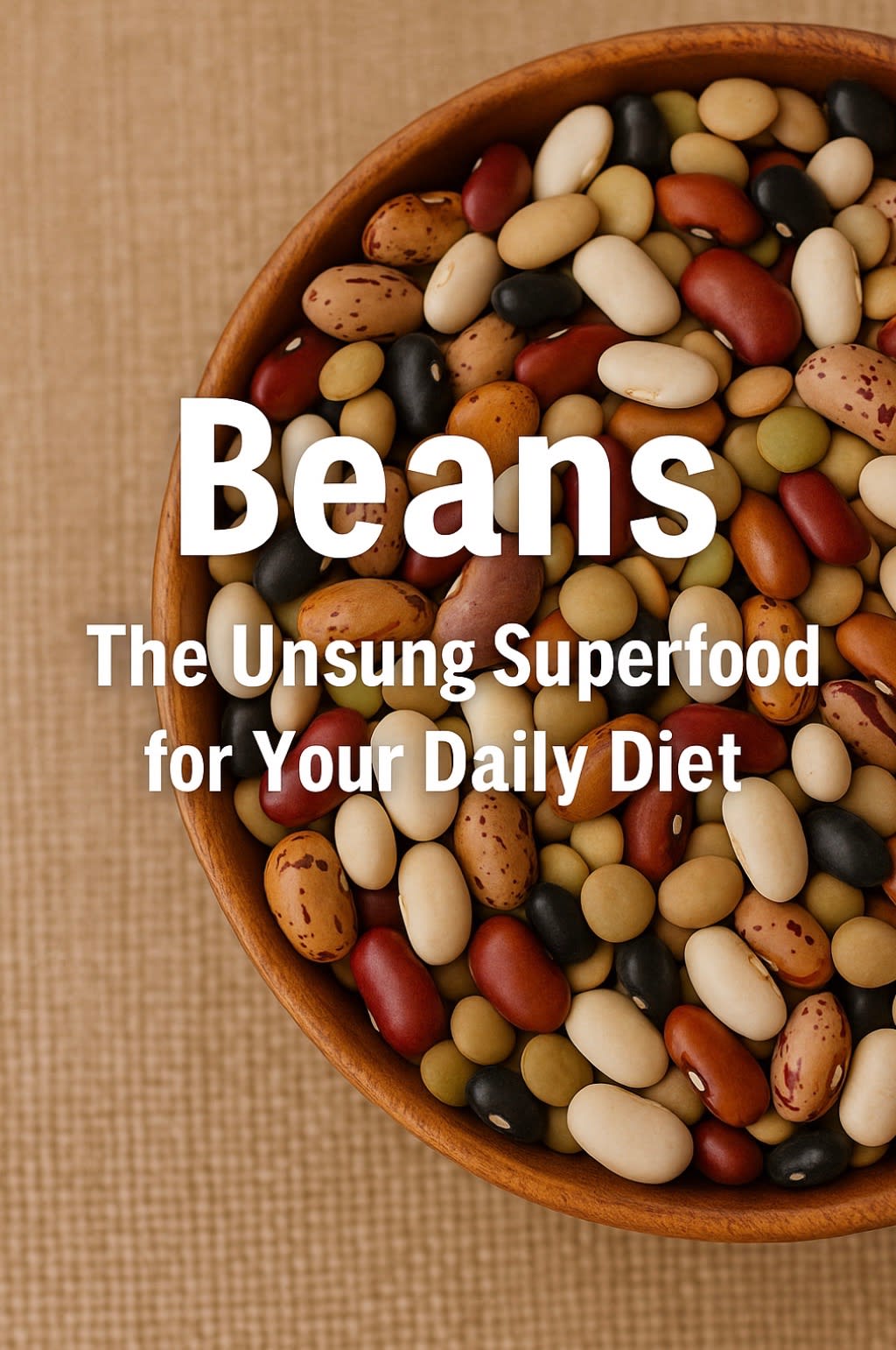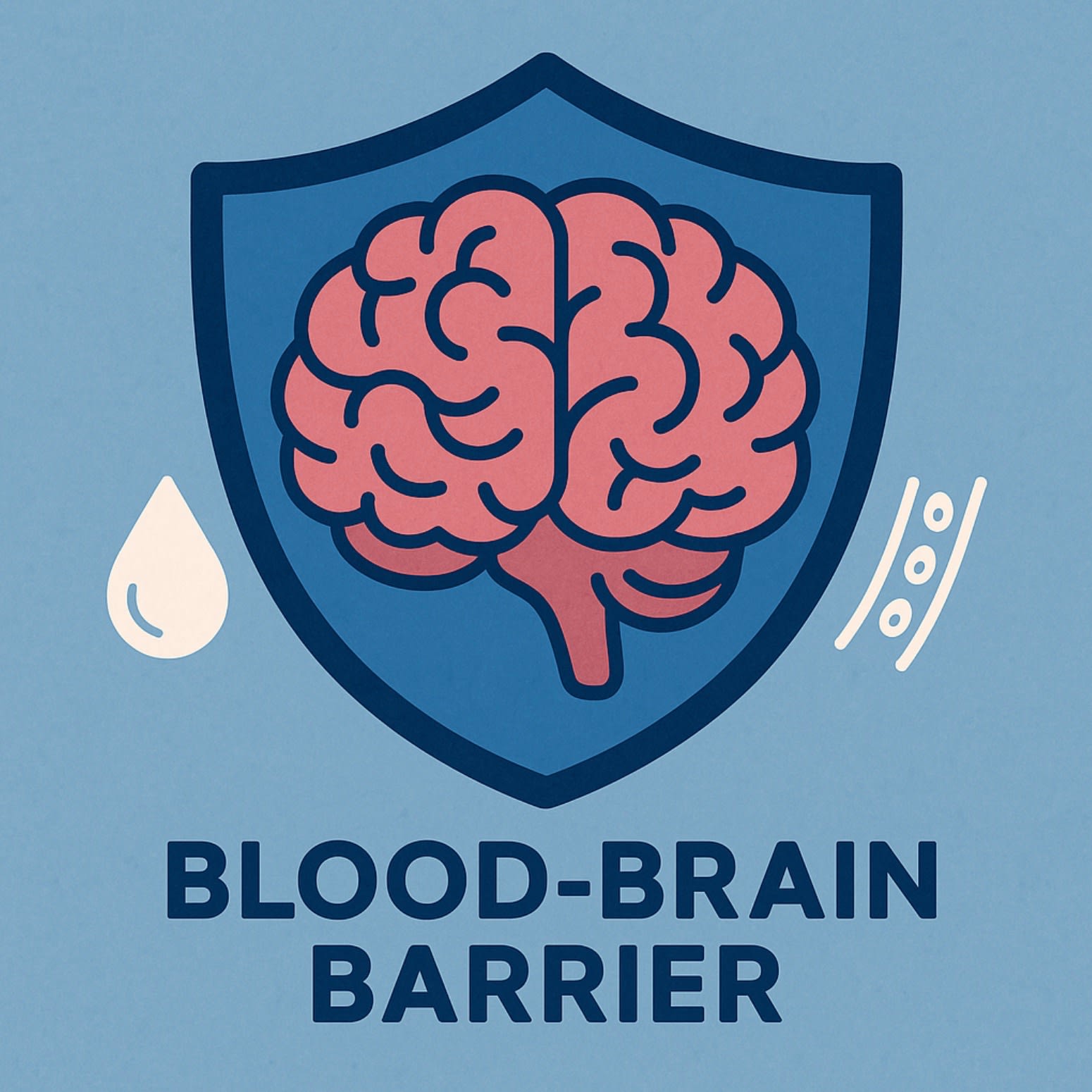The human brain is arguably the most complex and sensitive organ in the body. It controls thoughts, emotions, movement, memory, and our connection to the world. Protecting this vital command center is a natural filtration system known as the Blood-Brain Barrier (BBB)—a biological shield that prevents harmful substances from entering the brain while allowing essential nutrients to pass through. Understanding the blood-brain barrier isn’t just important for neuroscientists—it’s essential knowledge for anyone concerned about health, disease prevention, and the impact of substances on cognitive function.
Sourdough vs
Processed White Bread
Sourdough vs
Processed White Bread
Bread is a dietary staple that dates back thousands of years, evolving from ancient grain-based loaves to the supermarket slices of today. But not all bread is created equal. In recent years, health-conscious consumers have begun to turn away from highly processed white bread and embrace traditional, naturally leavened alternatives—most notably, sourdough bread. What makes sourdough stand out? And why are so many nutritionists, doctors, and bakers recommending this switch?
In this blog, we’ll explore the science, history, and health benefits of sourdough bread compared to processed white bread—and give you plenty of reasons to consider making this small yet powerful dietary change.
1. What Is Sourdough Bread?
Sourdough is one of the oldest forms of leavened bread, dating back to ancient Egypt around 1,500 B.C. Unlike modern breads that use commercial yeast, sourdough is made through a fermentation process involving wild yeast and lactic acid bacteria. A mixture of flour and water—called a “starter”—ferments over several days, naturally cultivating these microorganisms. This traditional process gives sourdough its signature tangy flavor, chewy texture, and most importantly, its impressive health benefits.
In contrast, processed white bread is made quickly using refined white flour and commercial yeast. Its production is industrialized, uniform, and heavily focused on shelf life rather than nutritional value.
2. Nutritional Advantages of Sourdough
A. Improved Digestibility
One of sourdough’s biggest claims to fame is its digestibility. The long fermentation process breaks down many of the gluten proteins and complex carbohydrates present in wheat, which can make it easier for the body to process.
Why this matters:
People with mild gluten sensitivities—not celiac disease—often find that they can tolerate sourdough without digestive discomfort. Additionally, the breakdown of phytic acid (an antinutrient that inhibits mineral absorption) during fermentation improves the bioavailability of nutrients like iron, magnesium, and zinc.
B. Lower Glycemic Index
The glycemic index (GI) measures how quickly a food spikes your blood sugar. Processed white bread typically has a high GI, causing rapid blood sugar increases followed by a crash. Sourdough bread, however, has a lower glycemic index, thanks to its fermentation process. This results in slower glucose absorption and better blood sugar stability.
Benefits:
• Reduces insulin spikes
• Supports weight management
• Promotes longer-lasting satiety
• Helps lower the risk of type 2 diabetes
C. Gut Health Support
Sourdough’s fermentation process produces beneficial lactic acid bacteria—probiotics that can contribute to a healthy gut microbiome. Though most bacteria are killed during baking, prebiotics and fermentation byproducts remain and can nourish gut bacteria.
Compared to white bread:
Processed white bread contains additives, preservatives, and little to no fiber—elements that do not support a thriving gut ecosystem.
3. Fewer Additives and Preservatives
Sourdough bread is typically made with just three ingredients: flour, water, and salt. It’s a testament to how simple, traditional food can be deeply nourishing. In contrast, processed white bread is often a chemistry experiment. Here’s what you might find on the label:
• Dough conditioners (e.g., azodicarbonamide)
• Bleached flour
• High-fructose corn syrup
• Emulsifiers
• Preservatives like calcium propionate
These additives may prolong shelf life, but they come at the cost of nutritional value and potential health risks, such as increased inflammation, gut irritation, or blood sugar imbalances.
4. Sourdough Has Better Flavor and Texture
Let’s not forget taste. Sourdough is renowned for its rich, tangy flavor and crusty exterior with a soft, chewy inside. It’s a bread that feels artisanal and satisfying.
On the other hand, white bread’s texture is often described as spongy, bland, and overly soft—engineered to be uniform and mass-consumable rather than enjoyable.
Switching to sourdough can elevate your meals, whether you’re making sandwiches, toast, or enjoying a slice with soup.
5. More Satiating and Nutrient-Dense
Because of its fiber, lower GI, and fermentation process, sourdough keeps you full longer than processed white bread. This can help reduce unnecessary snacking or overeating.
A typical slice of sourdough contains:
• More protein (which supports muscle health and satiety)
• More fiber (which supports digestion)
• A denser nutrient profile due to fermentation-enhanced bioavailability
Compare this to a slice of white bread, which is essentially empty calories: high in refined carbs, low in fiber, and unlikely to keep you satisfied for long.
6. Potential Weight Management Benefits
Several studies suggest that individuals who replace refined carbs with fermented or whole grain options tend to consume fewer calories overall, feel more satisfied, and maintain healthier weights.
The lower blood sugar spikes and higher fiber content of sourdough help:
• Reduce sugar cravings
• Encourage portion control
• Improve metabolic function
7. Reduced Risk of Chronic Disease
The health benefits of sourdough go beyond the breadbasket. Because of its positive impact on blood sugar, digestion, inflammation, and nutrient absorption, sourdough consumption may reduce your risk for:
• Type 2 diabetes
• Heart disease
• Digestive disorders
• Obesity-related complications
White bread, on the other hand, has been linked in studies to increased risk of these conditions due to its high glycemic load, inflammatory ingredients, and low nutritional content.
8. Sustainability and Craftsmanship
Making or buying sourdough often means supporting small bakeries, artisan bakers, or home-baking culture. The process takes time, attention, and care—unlike industrial bread-making.
Benefits:
• Reduces dependency on mass-produced foods
• Encourages mindful eating
• Supports local and small-scale food production
• Promotes sustainability through fewer additives and packaging
9. Transitioning to Sourdough: Tips for Beginners
Making the switch from white bread to sourdough doesn’t have to be intimidating. Here are a few tips:
A. Start with store-bought artisan sourdough
• Look for labels that list only flour, water, salt.
• Avoid “sourdough-flavored” breads, which are often just white bread with vinegar added.
B. Visit your local farmers’ market or bakery
• Ask the baker about their fermentation time and ingredients.
• Support brands that value quality over quantity.
C. Try making it at home
• Begin with a starter: equal parts flour and water, fed daily.
• It may take a week to mature, but the results are worth it.
• There are dozens of free YouTube tutorials and guides to help you start baking.
10. A Real-Life Transformation: Case Study
Take Linda, a 60-year-old woman with mild gluten sensitivity and prediabetes. She loved bread but always felt bloated and tired after eating store-bought white loaves. After switching to sourdough—both from a local bakery and eventually making her own—her digestion improved, her energy levels increased, and her A1C numbers dropped into the healthy range.
Linda’s story mirrors thousands of others: sourdough may not be a magic bullet, but it’s a small change that makes a big difference.
Conclusion: A Smarter Slice for a Healthier Life
Switching from processed white bread to sourdough is a simple, delicious way to upgrade your health. With its superior digestibility, lower glycemic impact, rich flavor, and gut-friendly properties, sourdough offers far more than just sustenance—it’s a daily investment in your well-being.
If you’re looking to eat more mindfully, age with vitality, and enjoy your food along the way, sourdough bread is a powerful first step.
So next time you reach for a loaf, ask yourself: Am I eating to fill a hunger—or to nourish a life?

We respect your privacy and will never share your information.
You can unsubscribe at any time with just one click - no hassle, no questions asked.
Tim is a graduate of Iowa State University and has a Mechanical Engineering degree. He spent 40 years in Corporate America before retiring and focusing on other endeavors. He is active with his loving wife and family, volunteering, keeping fit, running the West Egg businesses, and writing blogs and articles for the newspaper.
Leave a Comment 👋
Leave a Comment 👋
Leave a Comment 👋
Leave a Comment 👋

A Small Town's Big Transformation
In a world obsessed with miracle diets, fitness apps, and pharmaceutical breakthroughs, one small town quietly rewrote the rules on wellness—and in the process, transformed lives. Albert Lea, Minnesota, a modest community with an aging population and a rising tide of healthcare costs, made a bold decision: instead of telling people to live healthier, they changed the environment so that health happened naturally. This is the story of how one town sparked a national movement—without a single new drug, diet fad, or wearable device.

Beans: The Unsung Superfood
When you think about powerhouse foods that boost health, beans might not be the first thing that comes to mind. But don’t underestimate them. Beans are one of nature’s most nutrient-dense, affordable, and versatile foods. Whether you want to improve your heart health, manage your weight, or add more plant-based protein to your plate, beans can help you do it all. This article explores the many benefits of incorporating beans into your daily meals, the different varieties available, and easy, delicious ways to make beans a staple in your diet.
